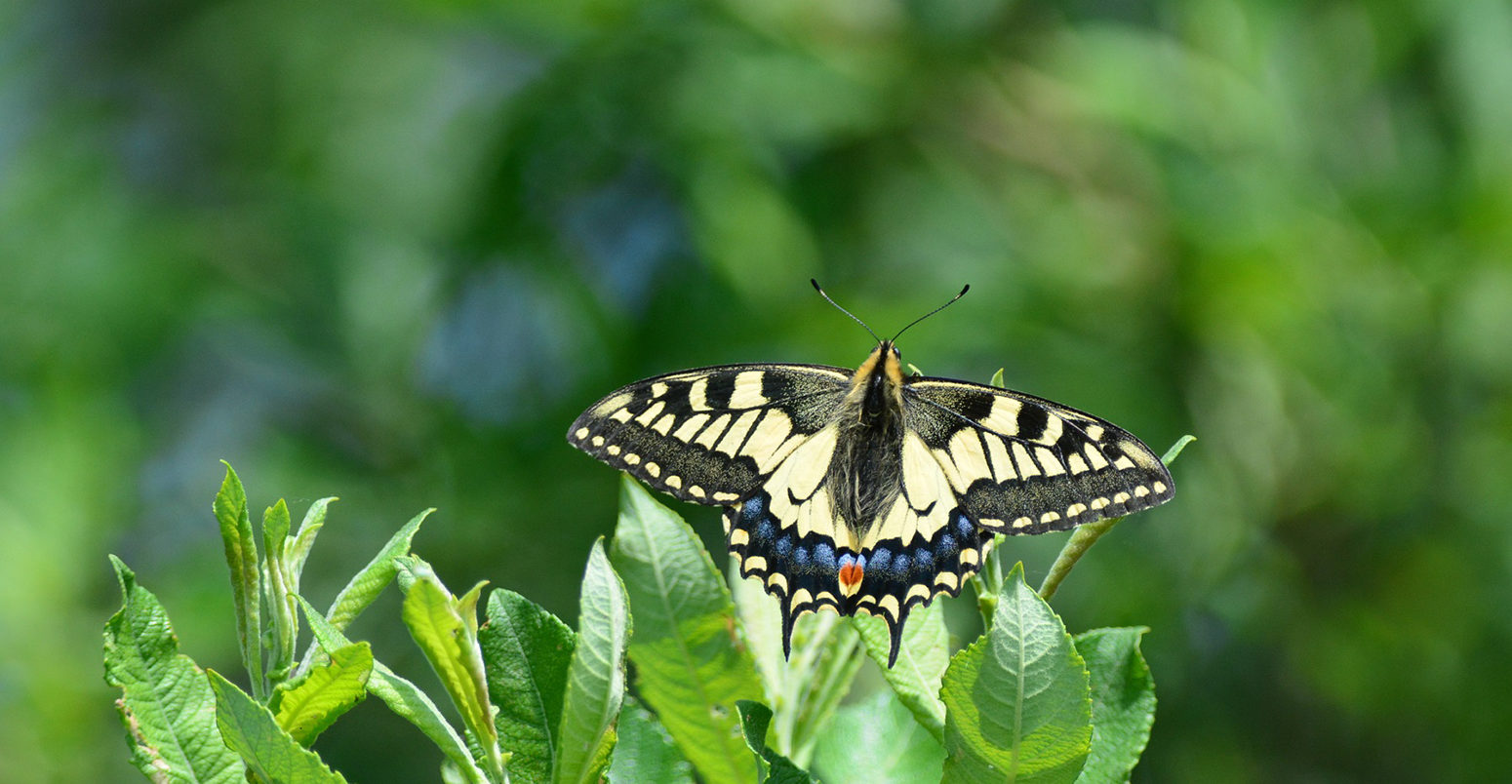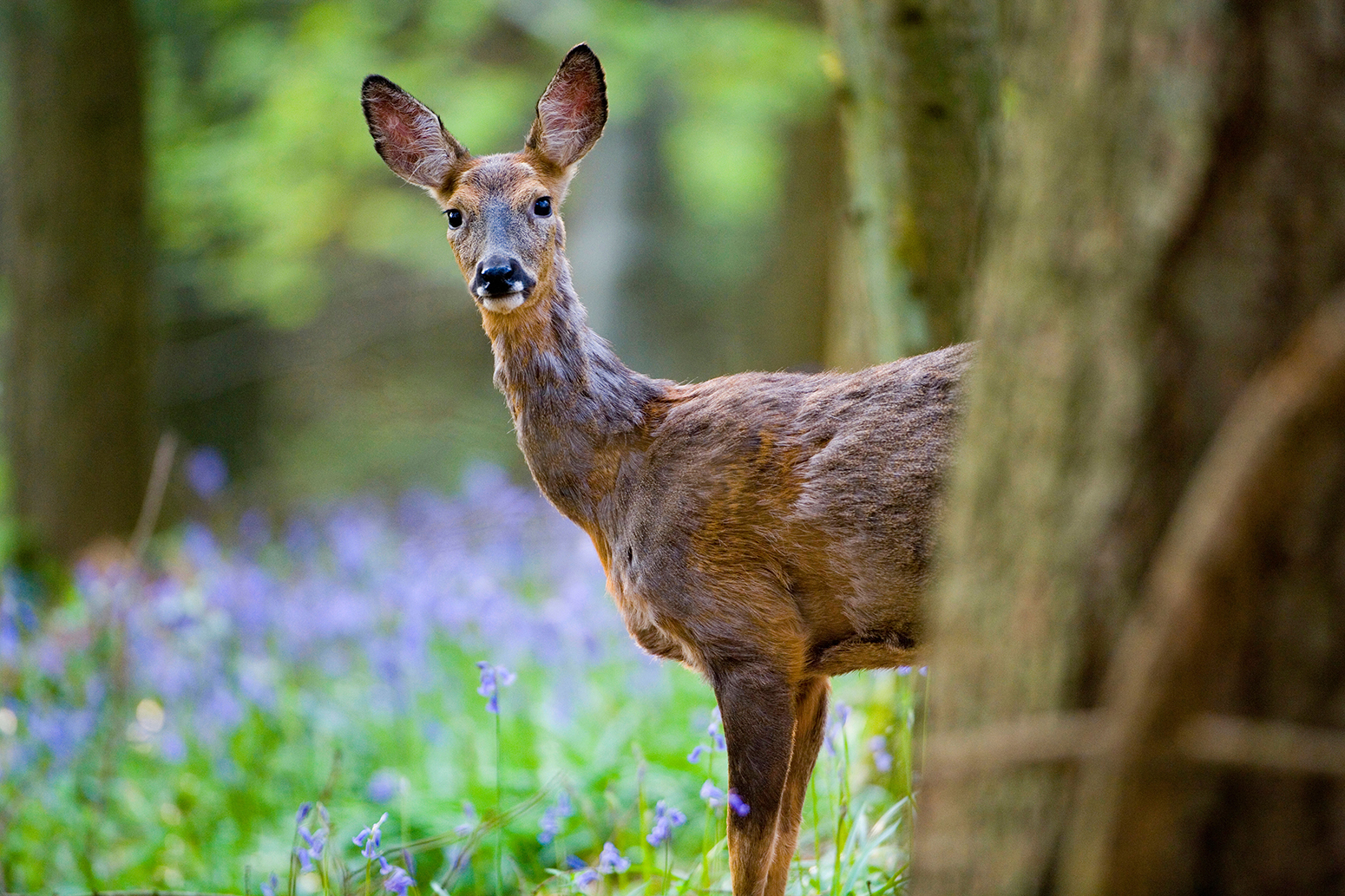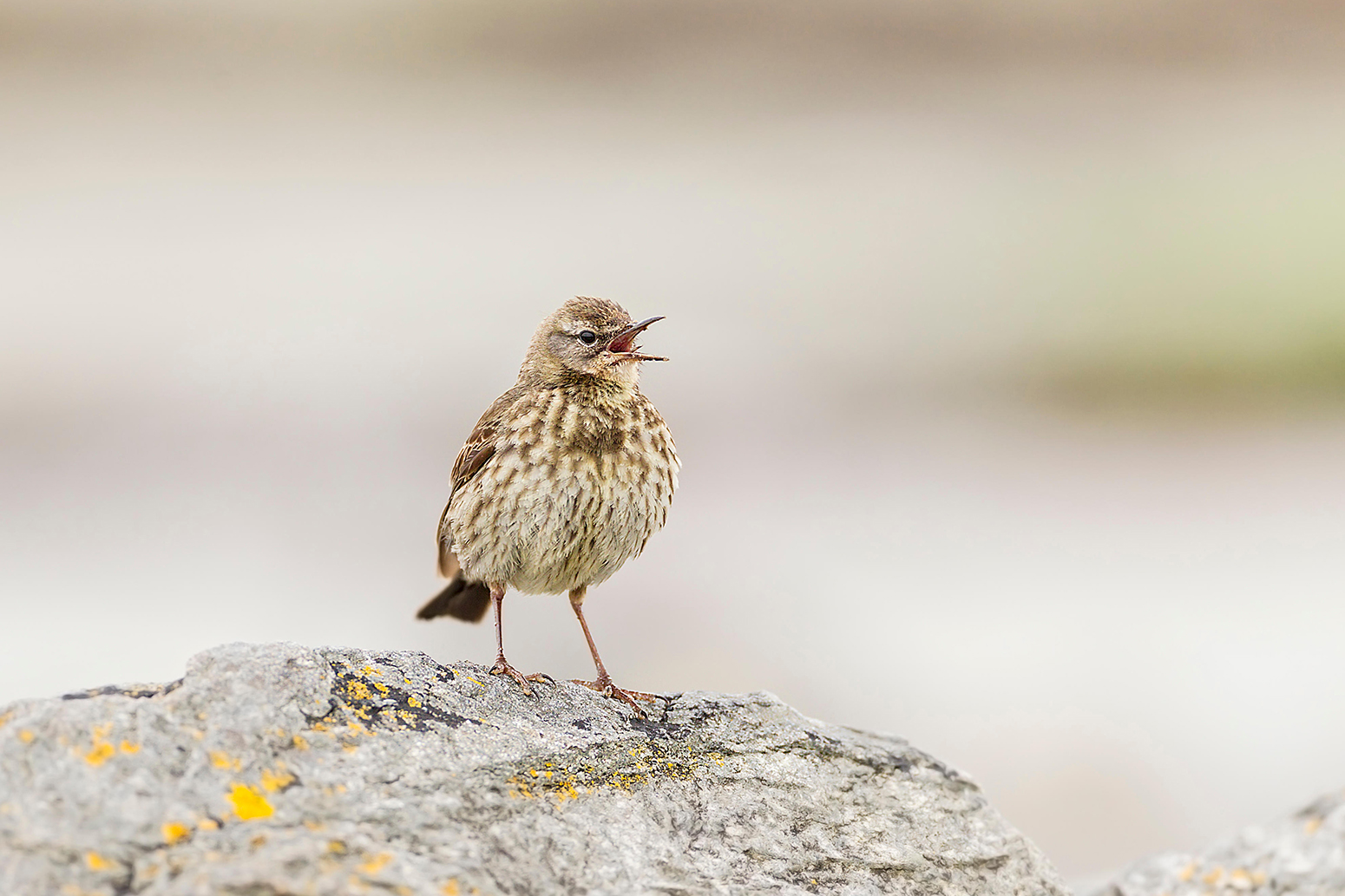
UK’s largest butterfly could ‘be lost’ due to climate change
Daisy Dunne
03.28.18A rare butterfly could go extinct in the UK as a result of climate change, research suggests.
The British swallowtail, which is a subspecies known as Papilio machaon britannicus, is the largest and one of the rarest butterflies native to the UK.
New research finds that “even modest amounts of warming” could cause the butterfly’s last remaining habitat in Norfolk to become “completely unsuitable” by the end of the century, the study author tells Carbon Brief.
The results highlight the need for stronger conservation measures to protect the butterfly, the author adds, including curbing theft of butterfly eggs in the wild.
In a flap
The British swallowtail is found only in the Norfolk Broads, where it lives in marshlands that support milk-parsley, a plant which offers a home and a source of food to the butterfly’s caterpillars.
It is thought to have once lived across much of England, but may have disappeared from some regions as marshlands were drained to make way for arable land.
The new research, published in the journal Transactions of the Norfolk and Norwich Naturalists’ Society, investigates how climate change is likely to affect numbers of the butterfly.
It also assesses a wide range of other species that live in Norfolk, including birds, such as the Eurasian eagle-owl; mammals, such as the roe deer; and reptiles, such as the common European viper.
To do this, the research combined projections from climate models with local wildlife distribution data.
The projections estimate the impact of climate change on wildlife under two scenarios. The first scenario assumes that future global warming will be limited to 2C above pre-industrial levels, which is the limit set by the Paris Agreement.
However, to date, countries’ individual pledges to cut their emissions have fallen short of what would be needed to meet this target. The second scenario assumes that the Paris goals are not met, but countries’ individual pledges are fulfilled, resulting in global warming of 3.2C above pre-industrial levels by the end of the century.
Butterfly effect
The research finds that the UK could become “largely or completely unsuitable” for the swallowtail butterfly by the end of the century under 2C of warming, says study author Dr Jeff Price, a senior researcher at the Tyndall Centre for Climate Change Research at the University of East Anglia and author of the study. He tells Carbon Brief:
“Our models project that the swallowtail butterfly could be lost in Norfolk even with modest amounts of warming. [We would consider this] a local extinction.”
A local extinction refers to the loss of a species from a particular region or country, rather than globally. If the British swallowtail disappears, other closely related subspecies could persist – including the continental swallowtail, which is found in continental Europe.
The risk is largely down to the insect’s reliance on the milk-parsley plant, Price explains. As temperatures rise in southern England, the butterfly could be driven northwards in search of cooler climes. However, further north butterflies are unlikely to be able to find a suitable habitat where milk-parsley grows, Price says:
“The traits of this species would indicate that it is potentially more vulnerable to climate change than a more widespread species with many host plants – the plant that the caterpillar feeds on.”
The research also finds that rising temperatures in Norfolk could affect three-quarters of Norfolk’s bumblebees, grasshoppers and moth species.
Temperature rise could also affect local numbers of several bird species, including the rock pipit, and mammals, including the roe deer and the Brandt’s bat.
Warmer temperatures can cause problems for wildlife by making it harder to find food and suitable habitats, Price says.
The projections for Norfolk’s wildlife are likely to be true of much southern England, Price says, where temperatures are also expected to increase with climate change:
“Warming will impact the southern UK sooner, in terms of warming and potential drought. Looking at a range of wildlife, but especially insects, you can draw a line from about Cardiff to Hull. The areas southeast of that line show potentially greater impacts in our models than the rest of the UK and this line shifts north with increasing warming.”
French invasion?
It has been suggested that declines in British swallowtail numbers as a result of climate change could be counteracted by the arrival of continental swallowtails, which are currently found in warmer climes across Europe.
But the new research shows that France is also set to become unsuitable for the butterflies, making colonisation unlikely, Price says:
“It is not just the loss from the UK, the models project the climate as becoming unsuitable in France as well. So, thoughts that continental swallowtails may colonise Britain – as they did along the south coast in 2014 – is not supported by our climatic models.”
Instead, increasing numbers of native swallowtails should be a priority for conservationists, he says:
“What can be done in the present is to work on trying to increase their population sizes to potentially build resilience in the population to hopefully allow them to adapt to climate change, if the rate of change can be slowed.
“It does not help the species at all when people go out and steal the larval food plants with larvae on them. This is not only the theft of those individuals for that year, this is a theft to the future generations of the people who live in Norfolk, or travel to Norfolk, to see swallowtails – as any loss in the size of the population makes the species even more vulnerable to future climate change.”
Price, J. (2018) The potential impacts of climate change on biodiversity in Norfolk: Part 1 - Species, https://www.biodiversitylibrary.org/bibliography/109763#/summary
-
UK's largest butterfly could 'be lost' due to climate change
-
Climate change could spell end for the British Swallowtail



